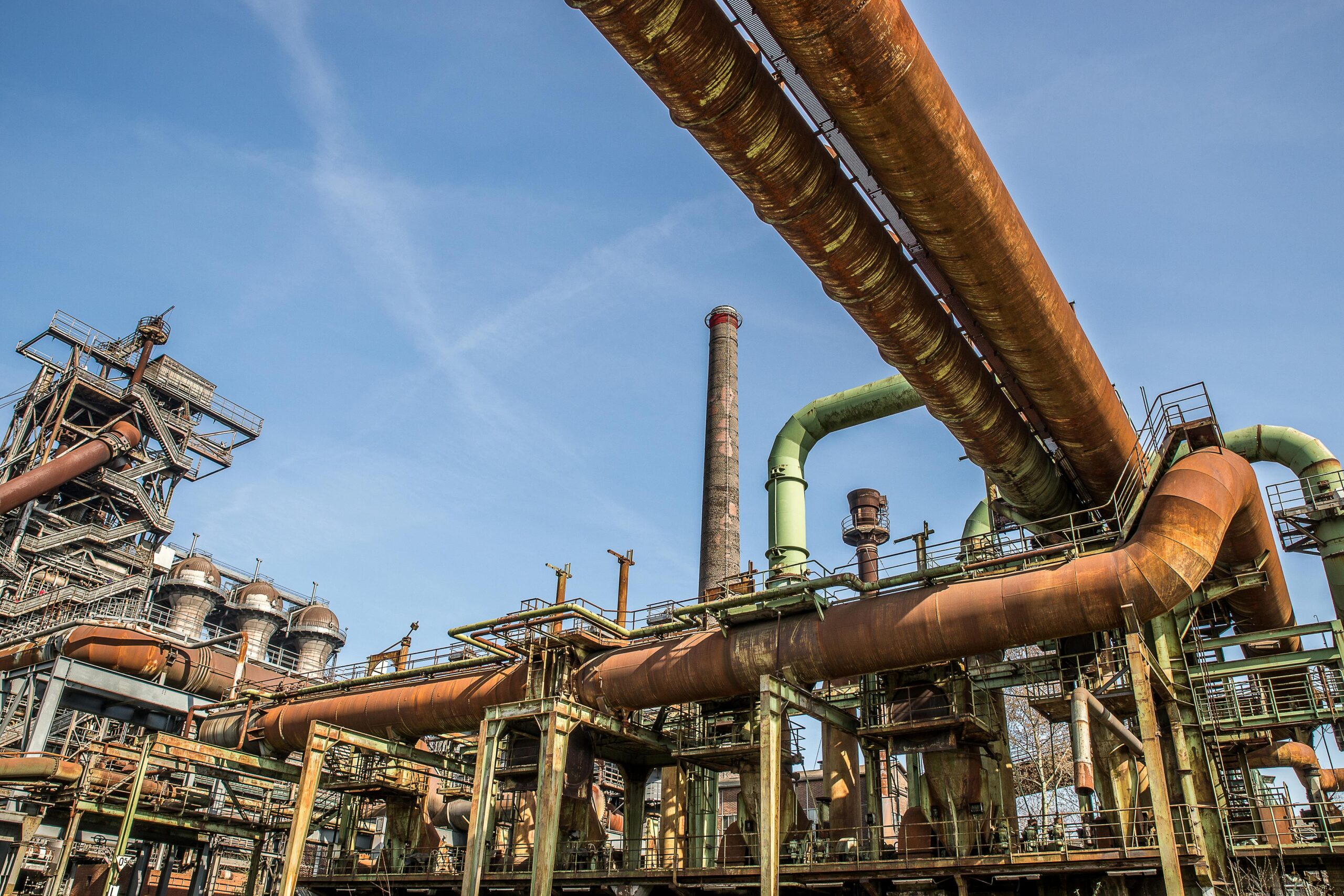Successful Implementations of IUS Pigging Systems
The adaptability of IUS pigging devices to various pipeline environments is a key factor in their success. These systems offer a versatile solution for addressing the specific challenges encountered in industries such as lube oil, petrochemicals, paint, food processing, and others. This versatility extends beyond pipeline types to encompass a wide range of materials being transported, enhancing the value of pipelines in diverse scenarios.
This case study showcases scenarios where the successful utilisation of IUS pigging devices has led to significant improvements in pipeline management. The modern pipeline operator’s tool kit is deficient without these systems, as they provide cost-effective maintenance methods and increased reliability. The significance of IUS pigging systems in safeguarding pipeline infrastructure and improving performance is increasingly evident as industries progress, solidifying their role as indispensable tools for pipeline management.
Case Study 1: Food Processing Industry
For the food processing business to guarantee product safety and quality, effective and hygienic procedures are essential. Pigging systems are a very efficient way to transfer products, clean pipelines, and reduce waste. They are specifically made for the food sector.
A specialised projectile, or “pig,” is used in pigging systems to force impurities and product residue out of the processing stream. When it comes to food processing, this guarantees the integrity and non-contamination of every batch. Pigging systems are also ecologically beneficial because they use less water and chemicals and eliminate the need for manual cleaning, which saves money on labour and time.
Pigging devices are also essential for the handling of viscous products like sauces, purees, jams, peanut butter etc. They guarantee effective transfer while preserving hygienic standards and reducing the possibility of cross-contamination between various items.
In conclusion, pigging systems have several benefits for the food processing sector, such as better product quality, decreased waste, cheaper operating costs, and increased hygiene. Pigging systems have become essential in today’s food processing facilities because of their capacity to maintain cleanliness and expedite changeover procedures.
Case Study 2 – Paint Industry
In the competitive world of the paint industry, manufacturers are constantly seeking innovative solutions to optimise their processes and elevate the quality of their products. One such game-changing solution is the implementation of IUS Pigging Systems. Designed and manufactured by IUS Pigging Systems, these advanced systems offer numerous benefits to paint manufacturers, revolutionising their operations and ensuring superior quality. We will explore the diverse applications and advantages of IUS Pigging Systems in the paint industry.
IUS Pigging Systems are specifically designed to streamline the transfer process of various paint products. With the unique pigging technology, these systems effectively remove residual paint from pipelines, reducing waste and minimising cross-contamination risk. By eliminating product losses during transfers, paint manufacturers can save significant costs and improve overall operational efficiency. Maintaining consistent quality is crucial in the paint industry. IUS Pigging Systems play a vital role in achieving this goal by preventing colour contamination and ensuring clean, residue-free pipelines. By effectively purging pipelines of any residual paint, these systems enable manufacturers to maintain precise colour formulas and avoid costly batch rejections. The result is a reliable and consistent paint product that meets customer expectations every time.
Downtime is a major concern for paint manufacturers, as it can result in significant production losses. IUS Pigging Systems help mitigate this issue by reducing the time required for cleaning and changeovers. With the efficient pigging process, these systems expedite cleaning operations, allowing for faster transitions between different paint batches or colours. This minimises downtime and maximises production capacity, ultimately leading to increased profitability.

Case Study 2: Chemical
Almost all continuous processing plants encountered significant obstacles in guaranteeing the seamless transportation of their products through their intricate pipeline network. Inconsistent flow rate and persistent contamination problems lead to a decrease in production efficiency.
This IUS pigging system is not just any regular pigging system; it’s an innovative method for pipeline management. It offers a sophisticated and flexible solution to the plant’s challenges. The IUS pigging system’s flexibility in adapting to various flow rates was a crucial feature, ensuring a smooth and consistent flow within the pipelines. This adaptability played a significant role in stabilising production processes and minimising disruptions caused by unpredictable flow rates.
Since IUS systems are completely indigenous and tailor made depending on our customers process needs it can be designed around each customer’s problems differently.
Conclusion:
In conclusion, the case studies presented exemplify the versatility and effectiveness of IUS pigging systems in addressing diverse challenges across various industries. As organisations prioritise the maintenance of asset integrity and seek to enhance operational efficiency, the adoption of these innovative systems is poised for substantial growth.
The demonstrated benefits of IUS pigging systems, including improved pipeline cleanliness, reduced downtime, and enhanced product recovery, underscore their indispensable role in modern pipeline management practices. By leveraging advanced technology and tailored solutions, these systems offer a cost-effective and sustainable approach to pipeline maintenance and optimization. These case studies showcase how IUS pigging systems can effectively tackle specific challenges in various industries.
Furthermore, the success stories outlined in the case studies highlight the adaptability of IUS pigging systems to meet specific industry requirements, whether in lube oil, food and beverage, or paint and chemical industry. Their ability to address unique challenges, such as product contamination, pipeline blockages, and quality control issues, reaffirms their value across a broad spectrum of applications.
As industries continue to evolve and face increasingly complex operational demands, the importance of investing in innovative solutions like IUS pigging systems cannot be overstated. As industries increasingly focus on maintaining asset integrity and improving operational efficiency, the use of IUS pigging systems is expected to grow.
By incorporating these systems into their pipeline management strategies, organisations can not only enhance productivity and profitability but also demonstrate a commitment to sustainability and regulatory compliance.
In essence, IUS pigging systems represent a pivotal advancement in pipeline technology, offering a holistic approach to asset management and operational optimization. The significant benefits of these systems underscore their crucial role as essential instruments for contemporary pipeline management.
Looking ahead, their continued integration into industry practices is poised to drive significant advancements in efficiency, safety, and environmental stewardship.

